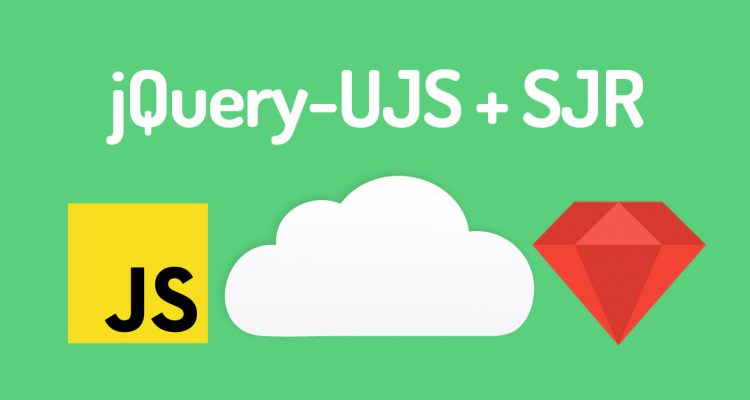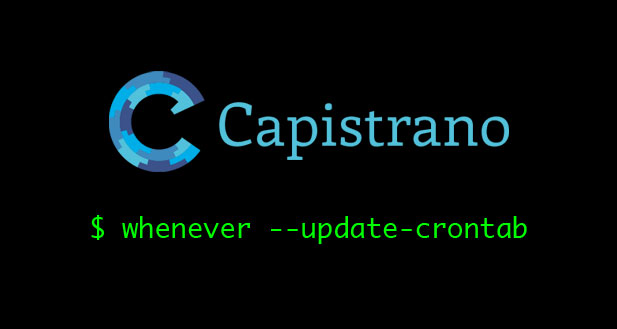On Boring Stacks
A good friend sent me Jason Kester’s article Happiness is a Boring Stack a few weeks ago. The friend knows me well and knew the words of the piece would resonate strongly. The piece is worth a read. Its essential point is that while Hacker News, Medium, or certain of your colleagues may give you the impression that you have woefully mis-stepped if you aren’t building your application atop the latest and greatest JavaScript framework and containerization solution, from a perspective of pragmatism and quality of life this is often not at all the case:












